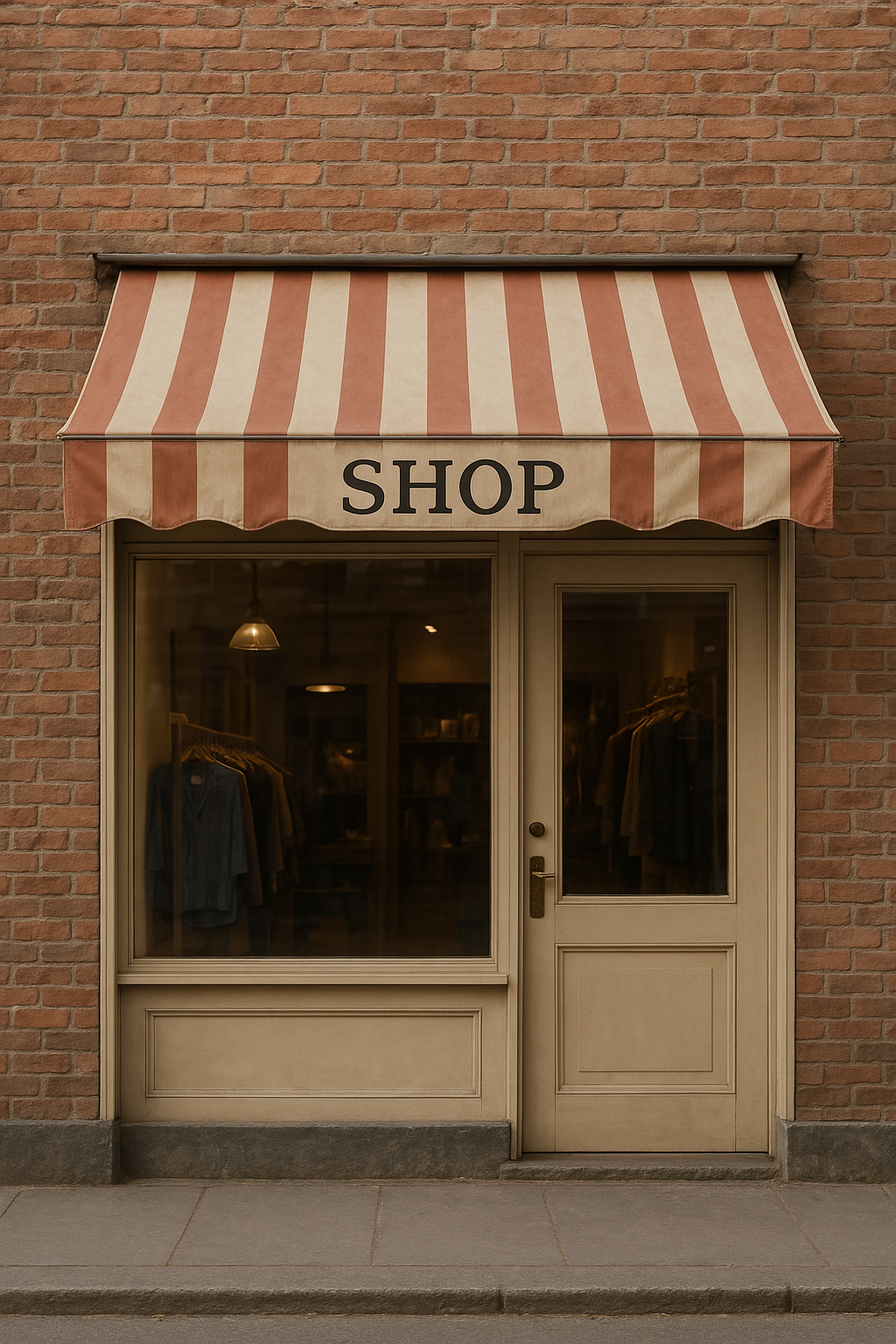
When times get tough, the instinct for many business owners is to push harder, grow bigger, and outpace the storm. But for retail—especially brick-and-mortar—survival often lies in doing the opposite: getting smaller, smarter, and more intentional.
Consider Hudson’s Bay Company. Once the cornerstone of Canadian department store retail, its vast floorplates and legacy locations have become burdens rather than assets. Despite shifting consumer habits and increasing online competition, the brand was slow to reduce its physical footprint. The result? Many locations became costly to operate and lost touch with the modern shopper. It’s a cautionary tale—staying too big for too long can leave even the most established retailers vulnerable. And it's a reminder that small businesses need to be more nimble and more willing to adapt.
Shrinking the Space, Not the Brand
In difficult economic times, overhead can become the silent killer. Large retail spaces, once a symbol of success, may start draining cash faster than they bring it in. That doesn’t mean the dream is over. It means it’s time to reframe what success looks like. Downsizing a physical location can:
- Reduce operational costs immediately.
- Open opportunities to reinvest in higher-margin inventory or improved customer experience.
- Allow retailers to relocate to higher-foot-traffic areas, even if the space is smaller.
- Create exclusivity—smaller stores often feel more curated and boutique.
Pivoting the Brand Story
A retail pivot isn't just about square footage—it’s about how you tell your story.
Retailers can reposition their brand by focusing on:
- Local engagement: Emphasize community involvement and local sourcing.
- Hybrid selling: Blend in-store charm with online convenience. Even a small e-commerce presence can expand reach.
- Customer experience: Make every square foot count. Personalized service, intentional design, and strong branding can make a small space unforgettable.
- Pop-ups and collaborations: These allow flexibility, cost control, and new audience exposure without long-term lease commitments.
A Strategic Retreat is Still a Strategy
The hardest part for many owners is the emotional toll. It’s easy to see downsizing as a loss or as backpedaling from a dream. But business, like nature, has seasons. There’s wisdom in knowing when to prune so that something stronger can grow later.
If you’re in a position where your current model isn’t working, ask yourself: What part of this business still lights me up? What do my customers truly value? Then, build around that.
Final Thoughts
We’re entering an era where right-sizing is the new scaling. Smart retailers are not just reacting—they’re adapting with intention.
If you’re a small retail owner feeling the pressure, know this: change is not only survivable, it’s often the first step toward reinvention. Your business might not look the way it used to, but that doesn't mean it can't be better, stronger, and more connected to the customers who matter most.
Sometimes, smaller is smarter.
Let’s Keep Talking:
Jenny is a business insurance broker with Waypoint Insurance.
She is also a business development consultant with Impresario Partners, helping Canadian Business expand overseas.
She can be reached at 604-317-6755 or jhansen@waypoint.ca. Connect with Jenny on LinkedIn at https://www.linkedin.com/in/jenny-holly-hansen-365b691b/. Connect with Jenny at BlueSky: https://bsky.app/profile/jennyhollyhansen.bsky.social
Let’s Meet Up:
Jenny Holly Hansen is a cohost with Chris Sturges of the Langley Impact Networking Group. You are welcome to join us on Thursday’s from 4pm to 6pm at: Sidebar Bar and Grill: 100b - 20018 83A Avenue, Langley, BC V2Y 3R4
Tags: #Jenny Holly Hansen #Brick-and Mortar #Retail Stores #Hudson's Bay Company #Resilience in Recession


